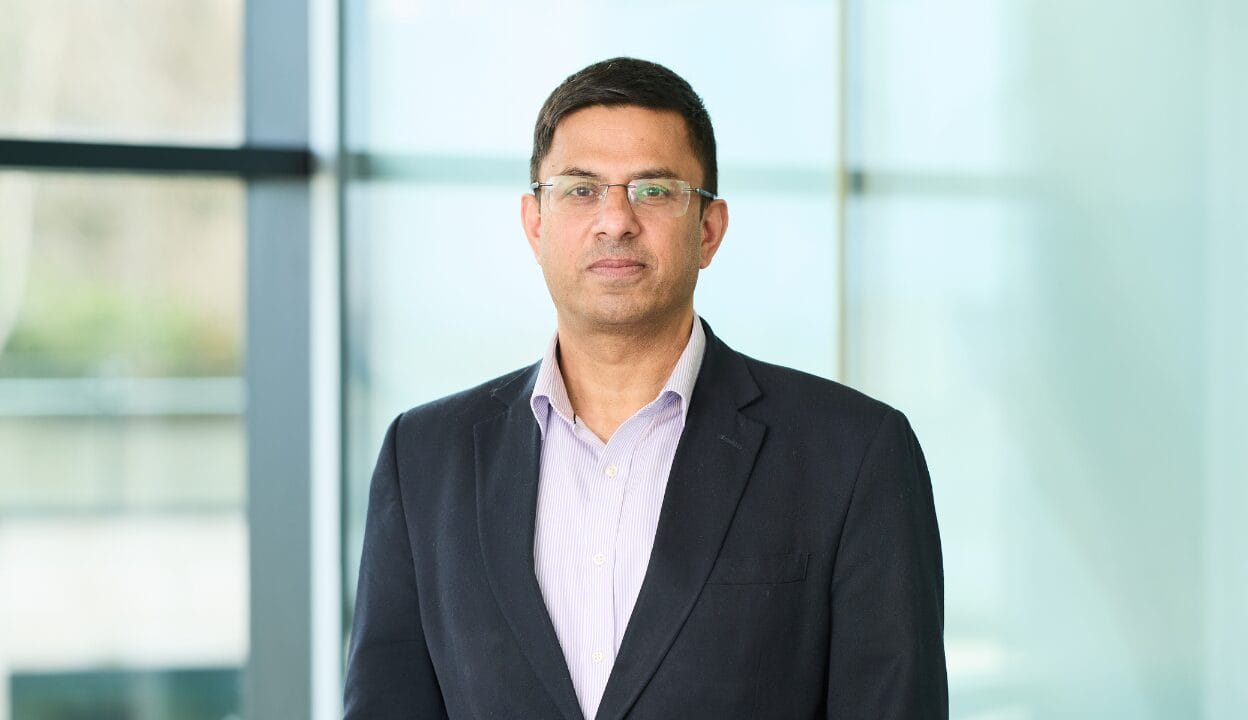Within investment circles, there is an active discussion about the difference between listed and unlisted infrastructure, with EDHEC Infrastructure Institute arguing that the rise of listed infrastructure requires regulatory intervention from the US Securities and Exchange Commission, on the basis that current practices are misleading investors.
Leaving aside the arguments that EDHEC Infrastructure is making in support of its claim of “fake infrastructure”, as they term it, we would argue that this debate misses the real issue.
For investors who wish governments to open up a pipeline of new infrastructure opportunities, which is necessary if we are to address the multiple challenges society faces, the key lies in building the community’s confidence that they are good long-term stewards of assets.
This is where investors need to focus.
While it is clear that investors are keen to invest in infrastructure, with Preqin reporting $137 billion of dry powder ready to invest in private infrastructure assets as at December 2016, the appetite of public policymakers for private investors may be waning.
An example is UK Labour Leader Jeremy Corbyn, who has promised to take England’s water companies that are in private ownership back into public hands. Corbyn’s recent speech to the Labour Party’s annual conference argued that water companies’ “profits are handed out in dividends to shareholders while the infrastructure crumbles; the companies pay little or nothing in tax and executive pay has soared as the service deteriorates”.
The big issue for infrastructure investors is trust. For publicly owned infrastructure assets, there is a long-established mechanism for the community to express its displeasure if unhappy at the service delivered; democracy makes politicians directly accountable for infrastructure services under their control.
But for privately owned assets, there is no such means of expression. Privately owned assets are mostly managed through largely hidden contracts between the state and the investor, with layers of complex regulation in between. The opportunity for customers to engage around their infrastructure needs is minimal.
A framework in 10 principles
The Better Infrastructure Initiative at the University of Sydney’s John Grill Centre for Project Leadership has focused on this issue in our latest policy outlook paper.
We are proposing a customer stewardship framework for infrastructure that is based on 10 principles we believe collectively represent the practices that focus on long-term customer outcomes. The 10 Customer Stewardship Principles are:
Rights/fairness
Choice/informed
Stakeholder management
Human capital management
Customer service design
Transparency
Planning
Innovation
Risk
Leadership
The first five principles can be summarised as more concerned with the short-term and transactional nature of dealing with customers and stakeholders. That is, they focus on how an infrastructure service provider is delivering customer stewardship day to day. The latter five are more broadly concerned with long-term considerations, and aim to assess how well the infrastructure service provider is preparing the infrastructure asset for the future.
Long-term customer stewardship of the infrastructure system is fundamental to its future success, ensuring infrastructure can adapt, be flexible and serve as a catalyst to security, growth and prosperity. Given the very long economic lifecycle of infrastructure assets, it is imperative that they be able to adapt to their changing social, economic and technological circumstances. Customer stewardship is about seeking to improve the performance of any single infrastructure entity with the enhancement of the broader networks on which it relies and to which it belongs.
As part of our research, we examined 20 Australian infrastructure service providers from the public and private sectors. From the private sector, we examined providers that are listed on the ASX and assets that are owned by institutional investors through unlisted structures. What we found by looking across all different types of assets was that ownership did not matter. There were examples of best practice from across the public and private sectors, including amongst listed companies.
What matters is leadership, and having ambition and culture centred on relationships, reciprocity and participation.
Our research demonstrates that the guidelines for what constitutes infrastructure are blurring. We examined multiple examples where infrastructure providers were incorporating cutting-edge technology into infrastructure management. Examples include Transurban and EnergyAustralia, which are creating new ways to enhance customer access to data with apps that ensure customers are more informed and in control.
We think the customer stewardship framework can help policymakers and infrastructure asset owners/operators have a much clearer understanding of customer outcomes, aligning them with better capital and recurrent expenditure decision-making. In the long term, we believe there is potential for customer stewardship principles to be embedded into every government tender for infrastructure services or sale of infrastructure assets.
If investors are able to demonstrate that they are long-term guardians of infrastructure through customer stewardship, there will be greater opportunity for new investment. This is the conversation investors need to have.
Our policy outlook paper can be accessed here, Why Customer Stewardship Matters.
Gordon Noble is principal adviser at the Better Infrastructure Initiative, University of Sydney.


